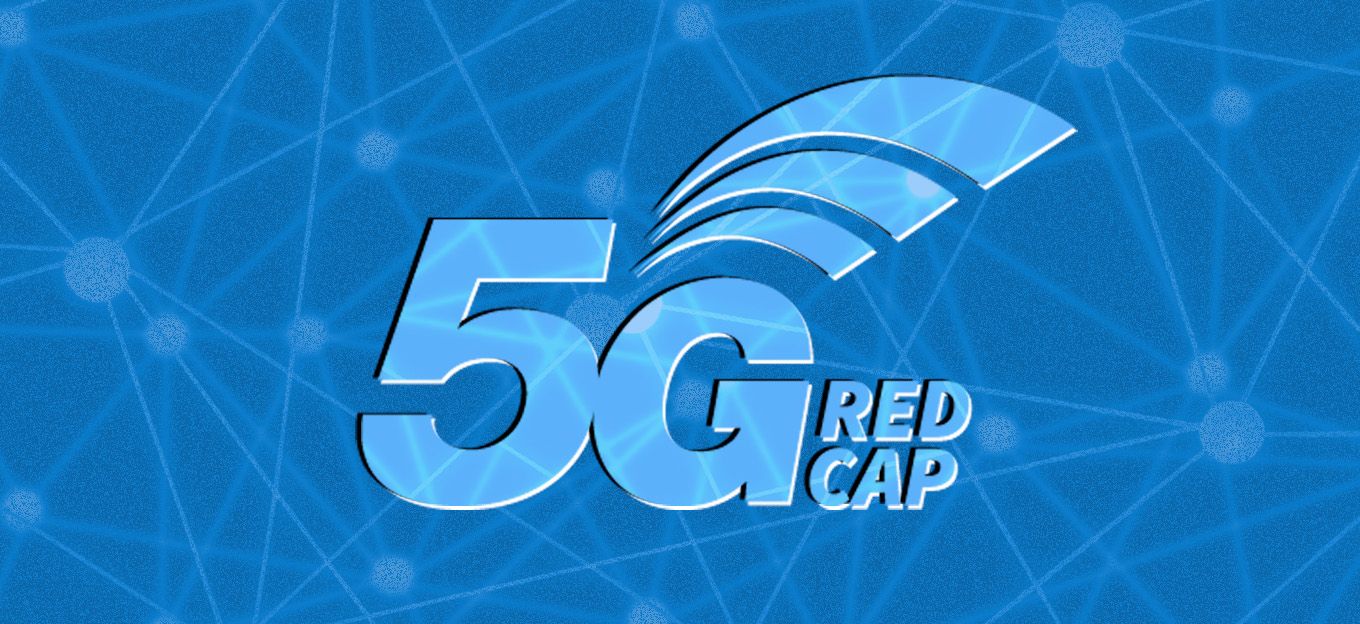5G Standards: The Roadmap in Detail
5G Standards: The Roadmap in Detail
- Last Updated: December 2, 2024
Guest Writer
- Last Updated: December 2, 2024



Although 5G has been a hot topic for many years, there has been a colossal amount of work behind the scenes to refine the standard and iterate it effectively. Since the 3GPP standardized Release 15 in late 2018, Release 16 has taken giant leaps forward in many areas, delivering crucial functionality for the Industrial Internet of Things (IIoT) industry. Release 16 was completed in July 2020, the second 5G standard, and the most current completed version, as the 3GPP works through upcoming version 17.
The 5G standard creation and approval process may seem cumbersome, but the value of having a single roadmap for every industry to make submissions and contributions to is incalculable.
The stakes have never been higher, as highlighted by a recent Accenture report, which placed 5G as a key technology for global manufacturing over the period 2021 to 2025, increasing productivity by between 20% and 30%, improving assembly efficiency by 50%, and pushing defect detection up to 90%. In the agriculture industry, Accenture predicts that 5G will contribute to up to 25% increased productivity, a 20% reduction in costs, and a 15% increase in crop yields globally.
Massive Reliability Enhancements
5G NR (New Radio) Release 16 brings vital reliability and latency improving technologies in several key areas, most obviously enhancing the 5G URLLC foundation to deliver even better link reliability (up to 99.9999%). One vital technology in this reliability drive is coordinated multi-point (CoMP), which provides various benefits by coordinating transmissions in the downlink and jointly processing the received signals in the uplink. This prevents interruptions when a path is blocked and also reduces the impact of any interference. That improved reliability and latency, in part due to CoMP and time-sensitive networking (TSN), is powering new use cases such as remote robot use in indoor environments, such as Qualcomm’s recent automated guided vehicle (AGV) (YouTube video) demo.
MU-MIMO, Power Savings and NPN
Another reliability enhancement is the vastly improved multi-beam management in multi-user MIMO (MU-MIMO), while power efficiency was also improved. Beamforming and multi-beam management are particularly important for mmWave bands, themselves vital for maintaining bandwidth as lower frequency bands become congested. Release 16 also supports full-power uplink to improve coverage at the cell edge for all MIMO-capable devices.
Indeed, Release 16 specifically targets power efficiency in many areas, improving the mobile experience for end-users and enabling the development of new use cases where power draw is a key concern, such as remote IIoT deployments. One example in the release is a new wakeup signal (WUS) that alerts a device that a transmission is pending, otherwise letting it remain in low-power mode, removing the need for continuous network monitoring, a power-hungry requirement.
Other key innovations include the express provision for Non-public networks (NPN), which has allowed a surge in manufacturer and operator offerings of private networks. In IIoT use cases, these networks are gaining significant traction, enabling enterprises to deploy 5G IIoT networks with dedicated resources immediately, rather than waiting for a wider 5G network rollout. Other benefits include specific optimizations for local applications and bespoke security and privacy settings where required. Release 16 also adds a more reliable NR-based sidelink for advanced safety use cases in C-V2X applications, as well as new system capabilities like 2-step RACH and VoNR circuit-switch fallback.
Ahead to 5G NR Release 17 and 18
Release 17 builds on many of these facets; some very directly - the Qualcomm AGV demo feeds data regarding OTA target threshold positioning directly into Release 17. Headline key features of release 17 include URLLC for industrial IoT, NR sidelink, integrated access and backhaul (IAB), network slicing for NR, and support for multi-SIM devices for LTE/NR. In addition, the 32 antennas (32 x 32 MIMO) in Release 15 (termed Massive MIMO or mMIMO) are set to rise to 64 and indeed further through releases 17 and 18.
Network slicing has attracted significant attention, with many operators and larger businesses keen to take advantage of the benefits of creating virtual slices of a 5G NR network. This could be used to dedicate capacity to autonomous vehicles, emergency services, or utility-related IIoT devices on a smart city scale. Still, from a business network point of view, mission-critical services can be supported while also using the remaining network capacity for other purposes.
Unfortunately, Release 17 has come under pressure due to the pandemic limiting in-person meetings of the 3GPP. Still, the latest update from the standards body reports ‘positive progress’ towards the RAN1 physical layer specifications freeze by December 2021.
This should be followed by the Stage 3 freeze by March 2022 and the ASN.1 freeze, and the performance specifications completion by September 2022. Meanwhile, a summer 2021 Release 18 workshop will “set the scene for email discussions about the endorsed topics for consideration.” Release 18 will be known as ‘5G-Advanced’ and may prove to be the last 5G iteration before 6G, although the timeline is yet to be confirmed.
Setting the standard
While the standard creation and approval process may seem cumbersome, the value of having a single roadmap for every industry to make submissions and contributions to is priceless. Not only does the process ensure that key functionality is delivered to expectations, but it ensures that issues such as forward compatibility, configurability, and energy efficiency are managed effectively. It avoids unnecessary duplication of effort in terms of network upgrades and updates to 5G devices, which will pose an increasingly important question as they become more common. Towards 5G-Advanced!
The Most Comprehensive IoT Newsletter for Enterprises
Showcasing the highest-quality content, resources, news, and insights from the world of the Internet of Things. Subscribe to remain informed and up-to-date.
New Podcast Episode

Moving Past the Pilot Phase in IoT and AI
Related Articles




